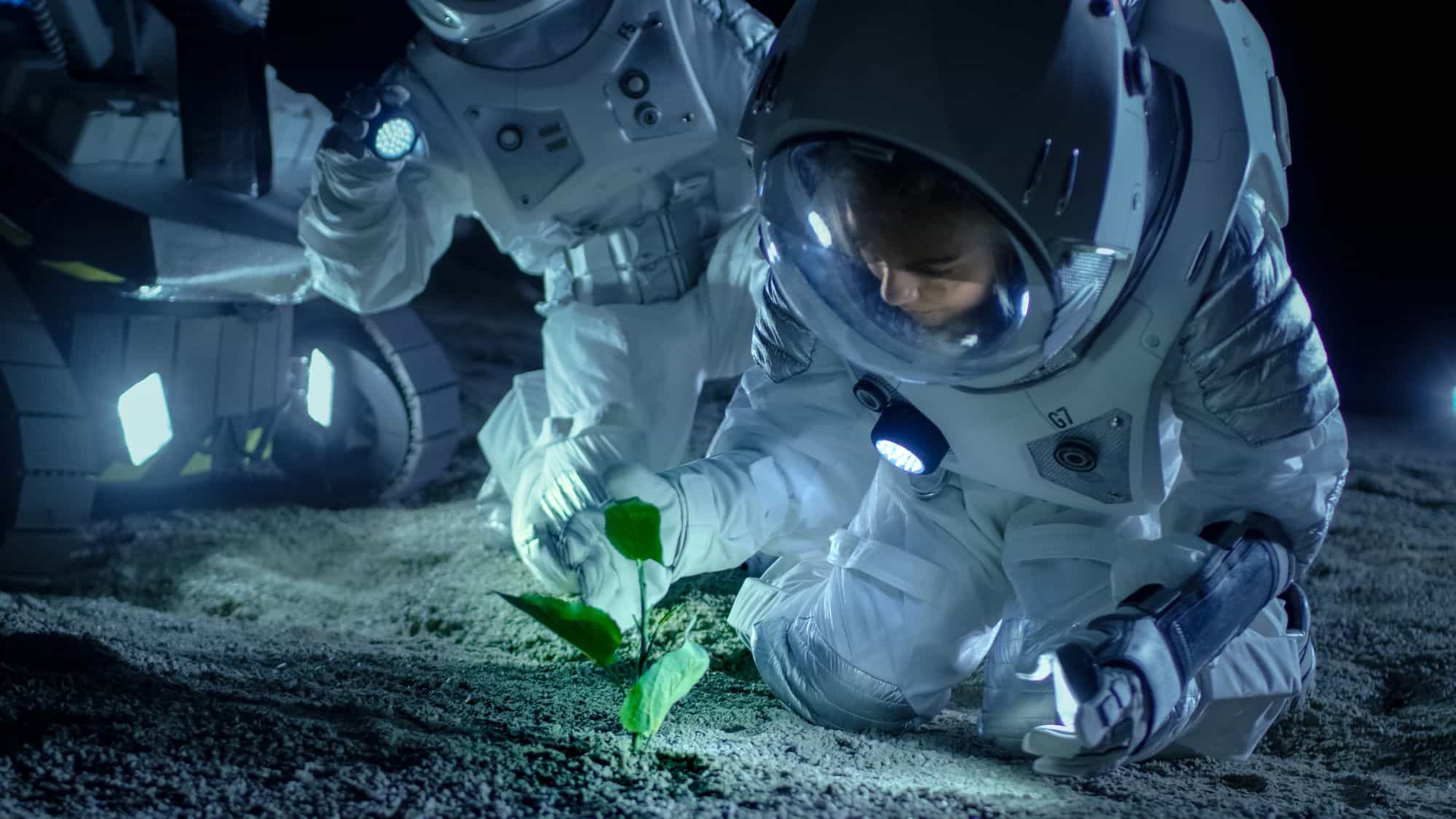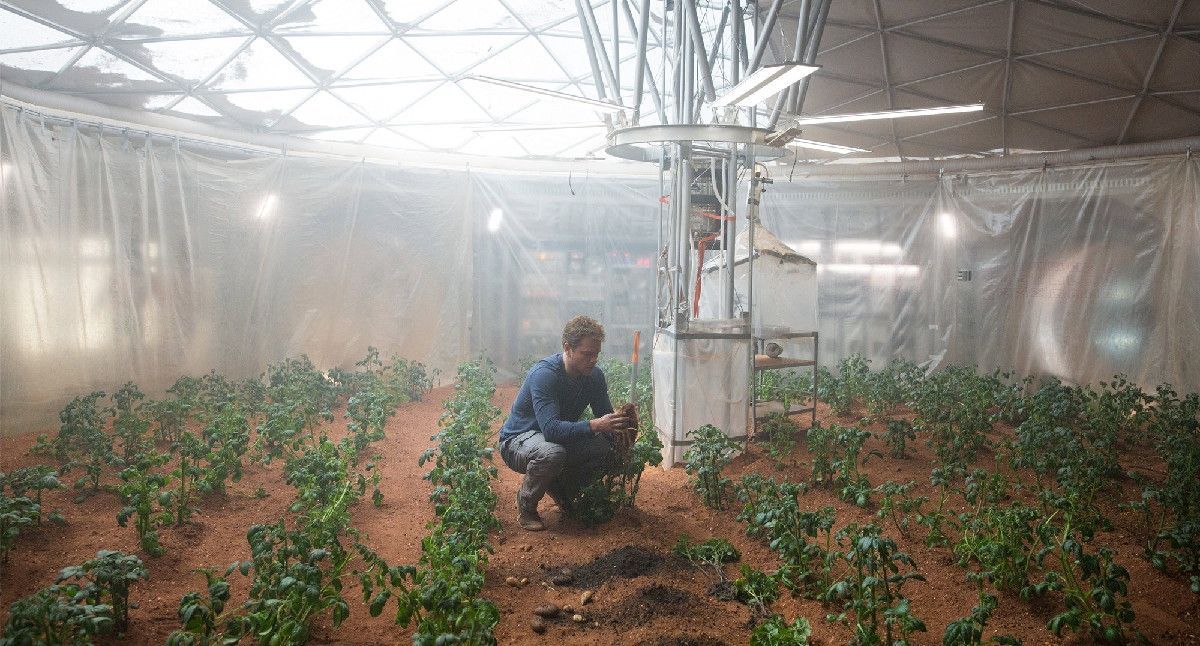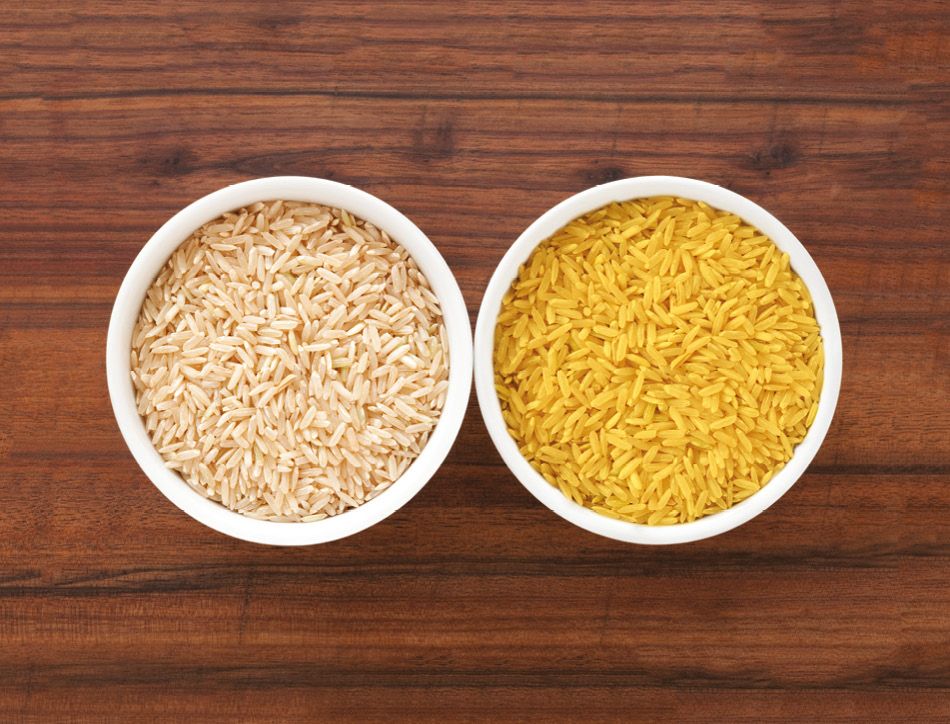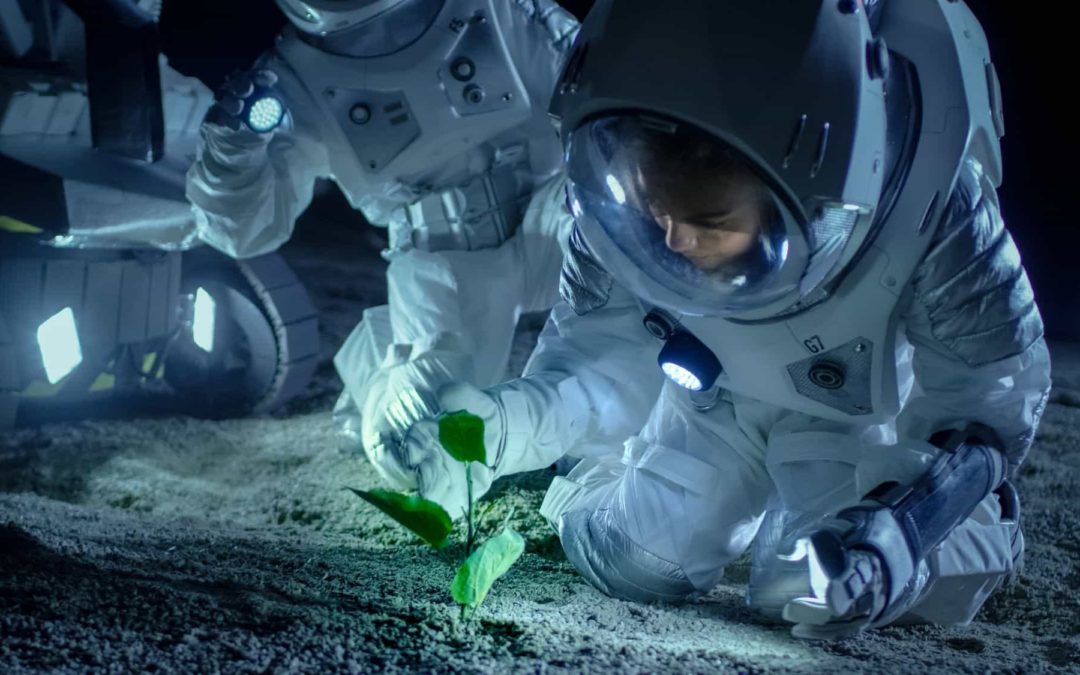
It is difficult to store, transport and prepare food in space – but does it have to be? In the video below NASA explains how astronauts get their food today, as well as discuss challenges that missions of the future might face. NASAs competition the Deep Space Food Challenge wants to solve these problems and take the next leap into the space missions of the future.
Food supplied to the International Space Station (ISS) is not famous for its culinary spices, however, it does the deed. With NASAs plans to soon go back to the moon and stay there for a longer period of time, it is crucial to establish sustainable food systems that can keep a crew of astronauts satisfied and healthy. The systems need to survive and thrive in the cold and harsh climate of space. And as the plan is looking today, the first moon mission will use dry frozen and vacuumed sealed food, as they currently do on the ISS.
But if a colony on Mars is the final goal, a more sustainable food production is needed.

The purpose of the contest is to provide the astronauts of the future and the people of Earth with nutritious food that they can enjoy, without harming the planet. You and your team can compete with your suggestions of new techniques and/or systems of food production. They are specifically looking for systems that:
- help filling the needs for food of a three-year long missions
- can feed a crew of four astronauts
- improves the availability of food on Earth, especially in harsh and urban environments
- create a variation of nutritious and sustainable food, with minimal preparation needs
Improvements in sustainable food production in space benefits our life on Earth just as much. If, for instance, a climate catastrophe would occur, it has the potential to wipe out our current supply chains. With better knowledge about food production that can survive in extreme environments such as the moon, we are better prepared for catastrophes on Earth. Furthermore, if we learn to lower our need of raw materials such as water and crops, we can lower our climate footprint.
A good example of an innovative product that has changed the food production is the “golden rice”, created through gene modification. The golden rice is more nutritious than regular rice, as well as it is rather cheap to produce, making it an important improvement in the battle of starvation in urban areas.

Do you have an innovative idea regarding food production in space?
Register you and your team here before the 28th of May!





